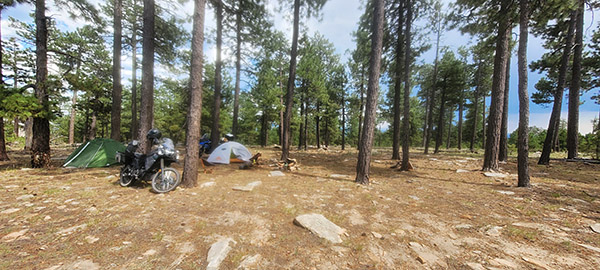By Rob Morel
Joe Gresh’s Oppenheimer review reminded me of going to the Hanford National Historic Park up here in Washington along the Columbia River in the years before Covid. A lot of things have changed with Covid, and the tours offered by the US Park Service at the Hanford site. This article is about the Hanford site, the tours Hanford offered before Covid, the tours currently being offered, and the photos I collected during previous visits.
Hanford is a place with a story. Hanford was the world’s first nuclear production facility, it was designed to produce plutonium for use in nuclear weapons, and it did. Plutonium produced here was used for testing at the Trinity Site in New Mexico during World War II and in the Fat Man bomb dropped on Nagasaki. The Hanford plant was built along the Columbia River because the reactors used Columbia River water for cooling. I’ve been told that Hanford was the biggest and most expensive construction site in the US. The place covers just under 600 acres.

Hanford produced plutonium for several years after World War II. The result was a set of serious issues with radioactive waste and contamination. Cleanup efforts are still ongoing, and are part of the Hanford tour.
Before Covid, there were three tours available during the summer. Today, there are two. It’s best to check with the Hanford site before visiting to find out what is available for any planned visit.
Tour 1: The Full Meal Deal
A tour Hanford used to offer included everything (that’s why I call it the Full Meal Deal). This tour required registering online in advance, and I found I had to do so as soon the registration page started accepting reservations. The tour slots filled up quickly for the entire summer. When I last signed up, the government ran a background check on me ahead of time to make sure I was not a bad guy.
The Full Meal Deal tour started in the morning and went most of the day. It included seeing the B Reactor (where the Nagasaki bomb plutonium was created), cleanup work that involved filtering underground water, and the vitrification plant being built to turn the highly radioactive sludge in the 1940s storage tanks into glass. The vitrification process involves melting sand and mixing it with the radioactive waste to make it into a solid form. This solid form can then be buried without fear of it leaching out into the water table.
The Full Meal Deal tour includes a visit to the environmental restoration disposal waste facility. It is a covered, city-block-sized dump pit used for low level radioactive building materials, equipment, machinery, and other nasty stuff. The pit is lined with a barrier clay that absorbs radiation. Pumps remove any rain water that seeps into the covered materials. Hanford buries a level of radiated items across the bottom of the pit and then they cover it. That’s followed by burying more on top of the previous layer and covering that. This will continue until they fill the pits. When the pits approach their capacity, Hanford plans to take any equipment used to haul the debris and bury it, too. When the pit is completely full, Hanford will to cover it. It will look like the surrounding desert when they are done.
Tour 2: The B Reactor Tour
The B reactor tour includes (as the name implies) the B reactor, and I believe this tour is still offered. It provides a close up look at the reactor that made the Nagasaki bomb plutonium. As the name implies, it only includes the B Reactor. You can stay longer at the B Reactor than the Full Meal Deal tour above allowed, and Hanford opens up more of the building to explore. There are some places in the building you cannot go. The off-limits area includes where the fuel rods were pushed out of the back of the reactor (after which they fell into a water tank, cooled, and were then transported by rail to a building that processed them into plutonium).
There were nine reactors built at Hanford. Of these, seven were cocooned in concrete to contain radioactivity and cool to safe levels. By 1987 they were all shut down. None are operational today.
I didn’t get any photos other than the B Reactor. If I remember right, there were no cell phones or cameras allowed on the Full Meal Deal tour for security purposes. But I took photos of the B Reactor, as you can see below.







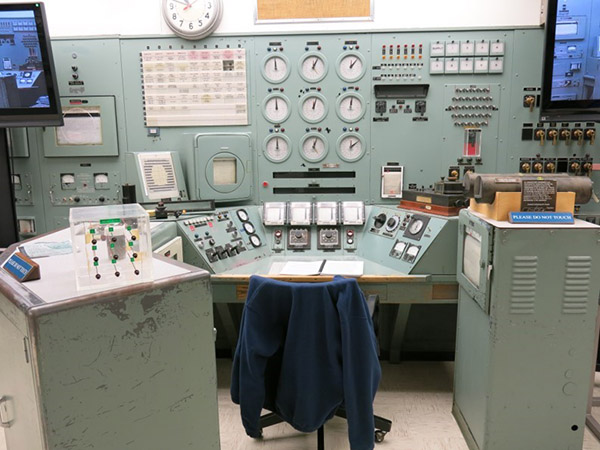
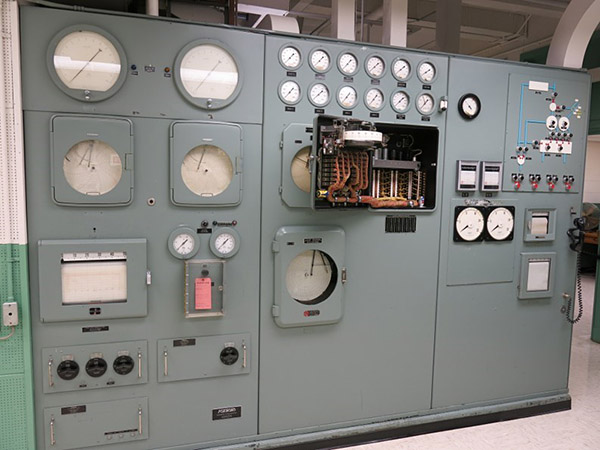
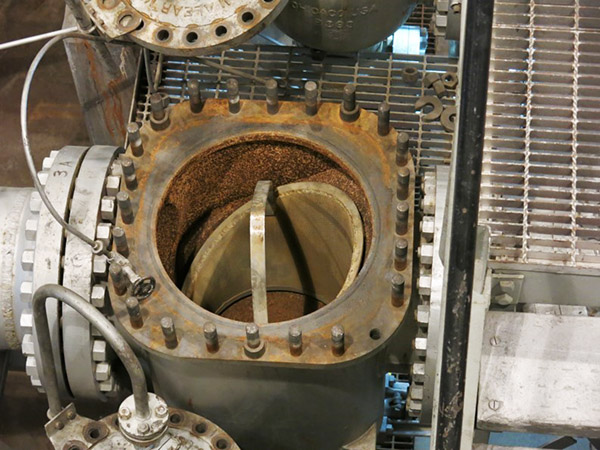



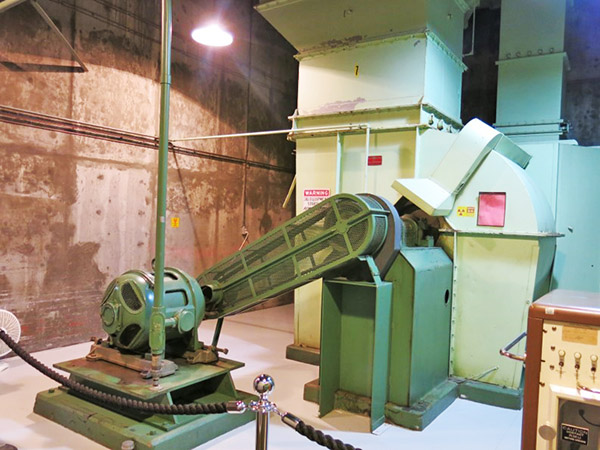

Tour 3: The Old Hanford Town Site Pre-War Tour
In my opinion, there’s not much to see on this tour. There’s a farming area where the previous inhabitants were told to leave at the start of the Manhattan Project. There is what’s left of the old concrete high school. The tour guide explained that someday Hanford hopes to restore it. You can see the old roads that went through the town and where the ferry crossed. The history the guide presented made it worthwhile.
Another Option
You can go to www.vtours.hanford.gov and take a virtual tour if you’re not able to go in person.
The Bottom Line
Look online (Hanford National Historic Park) for more info. I don’t think they are doing the Full Meal Deal tours since Covid (other than online virtual tours). Hanford is offering the B Reactor and Old Hanford tours the last time I checked (on a first come, first served basis).
I recommend a visit to the Hanford site, either in person or the virtual tour. The Hanford National Historic Park reveals a world that few of us have ever seen. It is an important part of our history.
Like what you see? Keep us going with your donation to the cause!


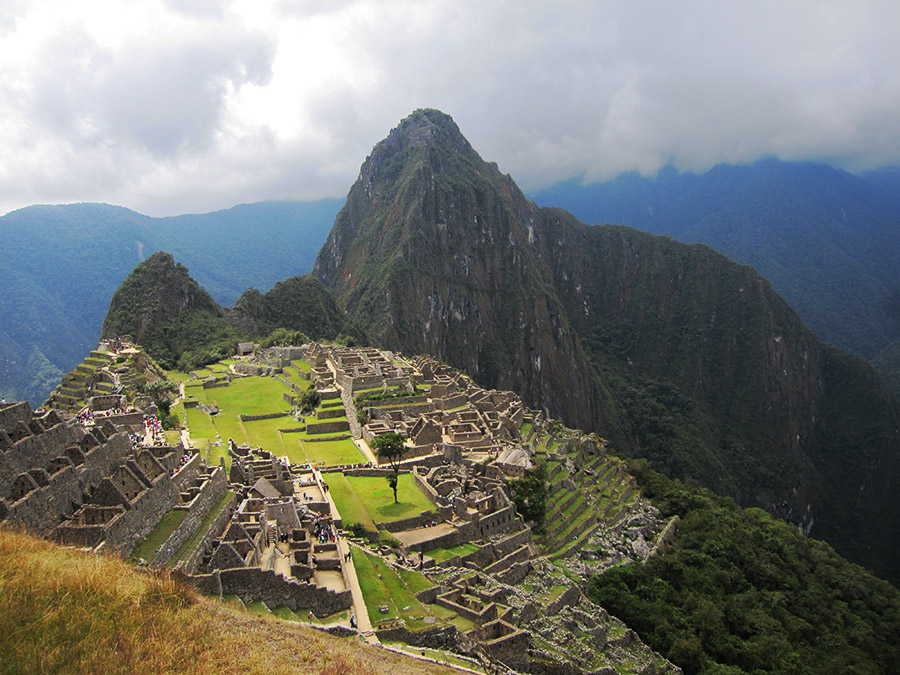


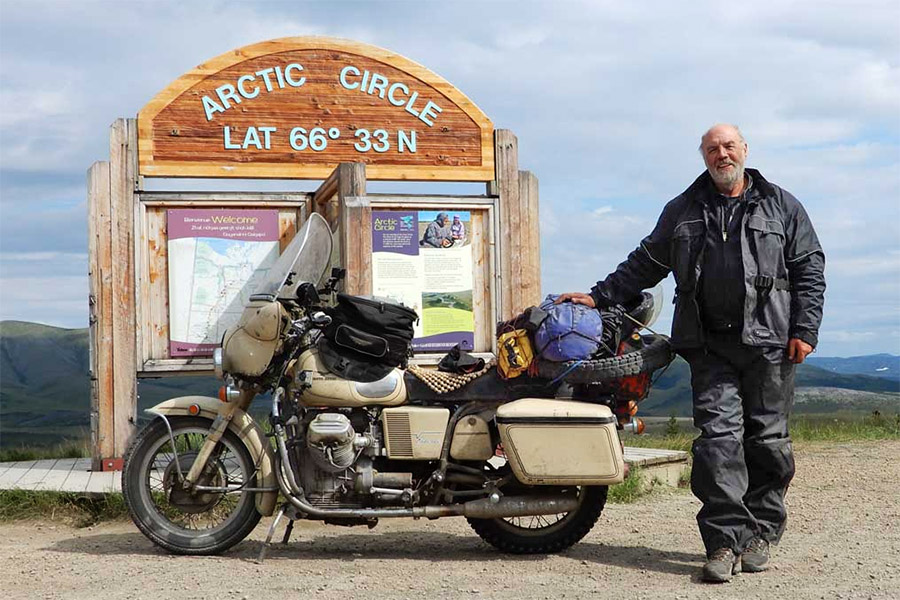
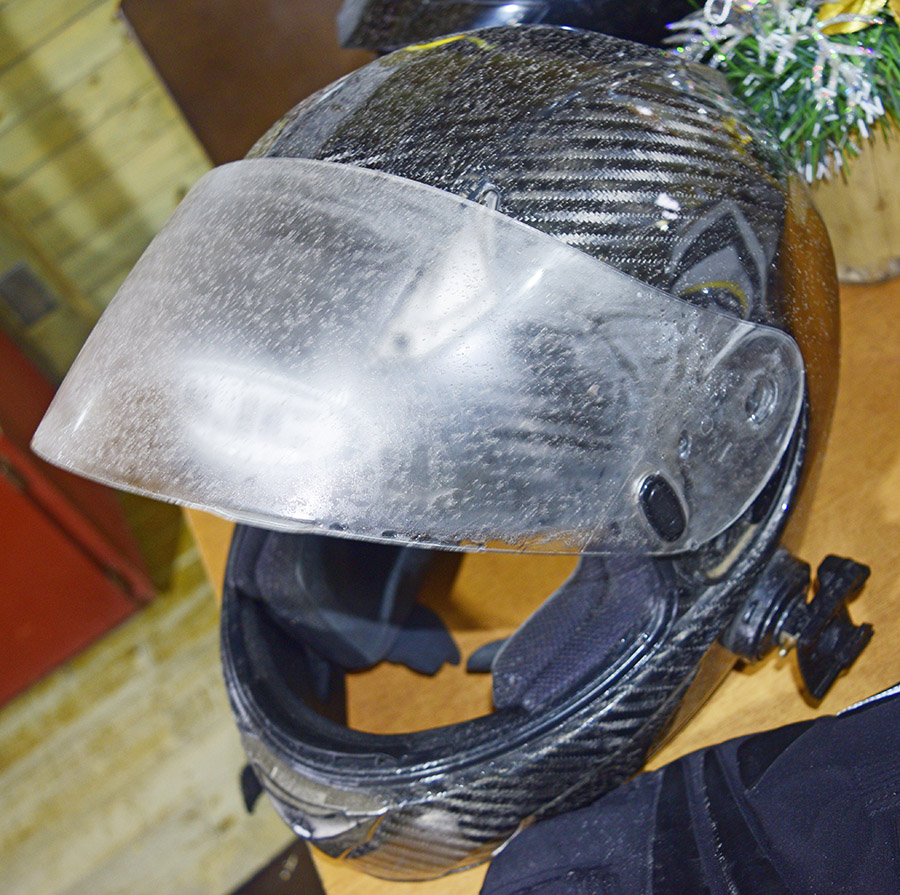
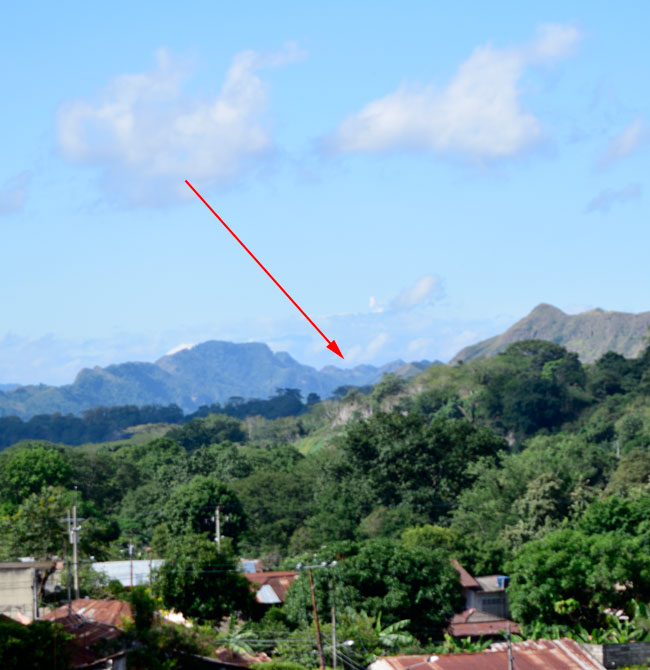


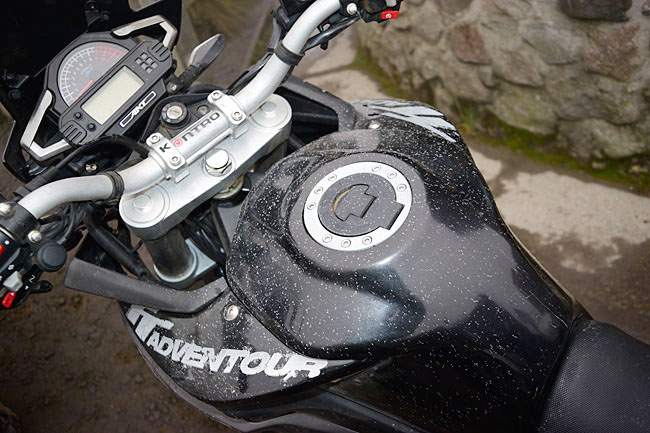
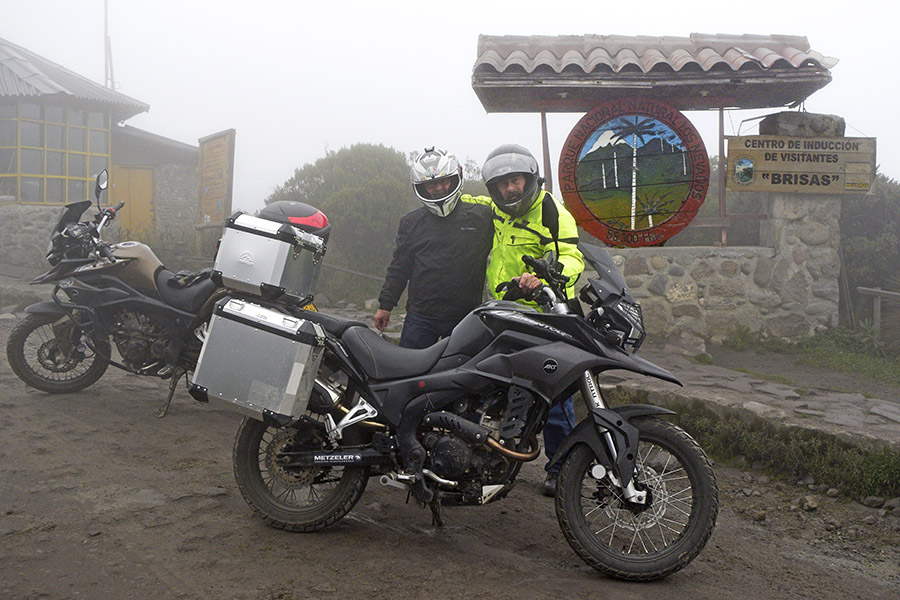

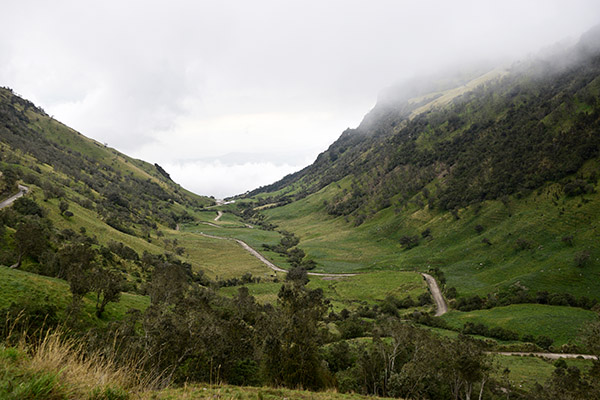
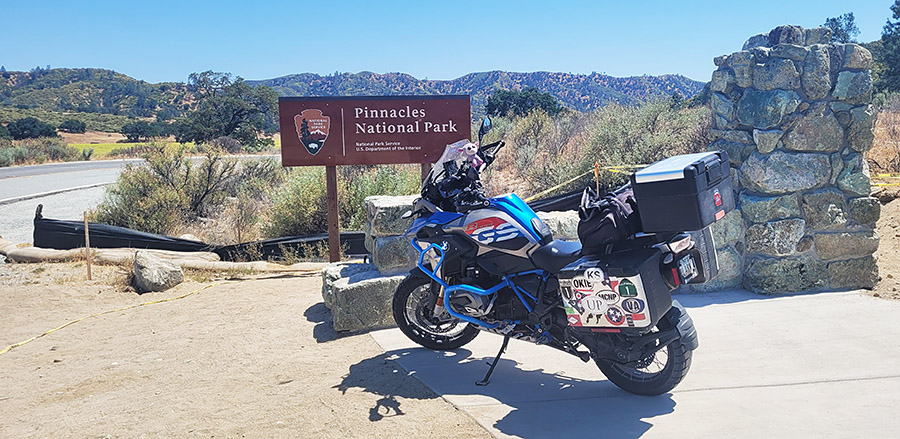
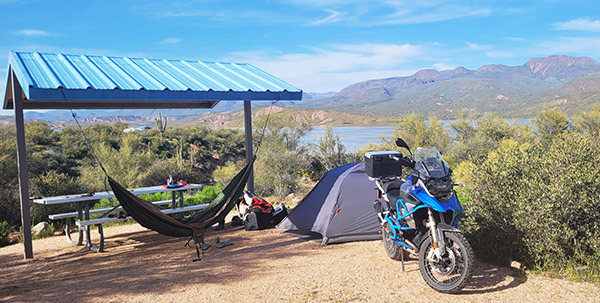
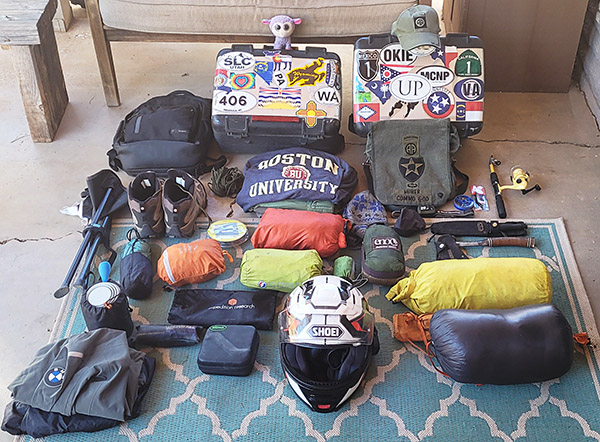
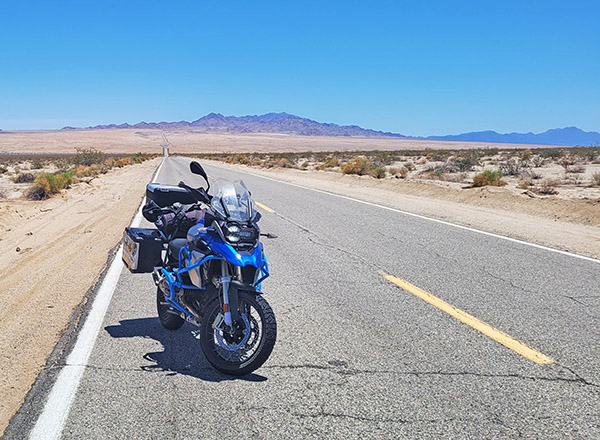
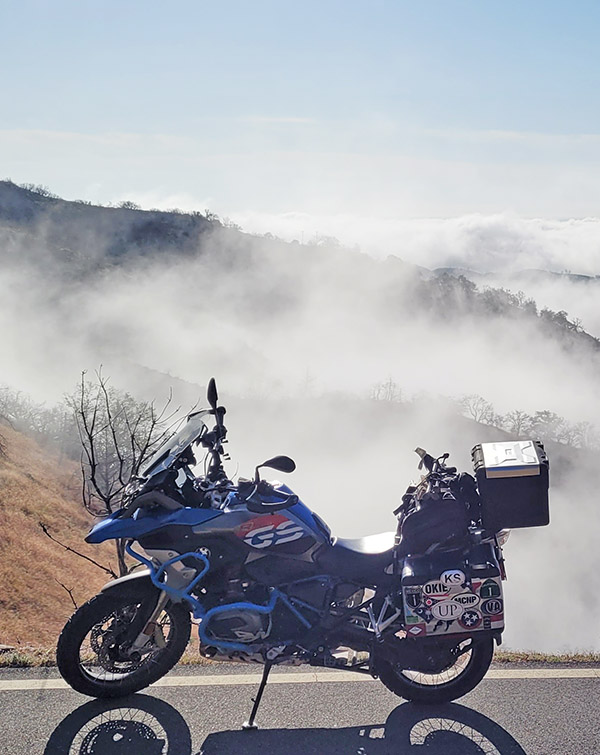
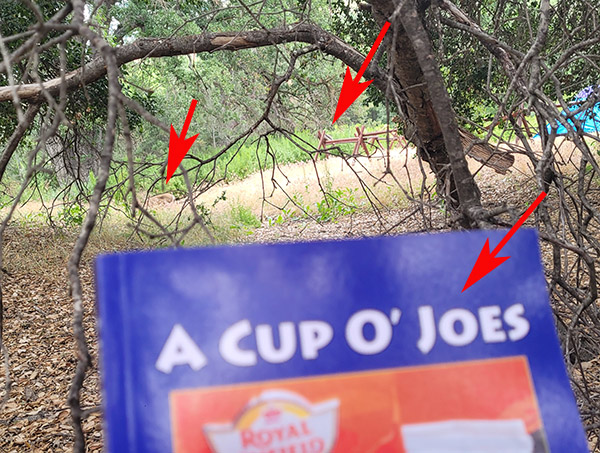

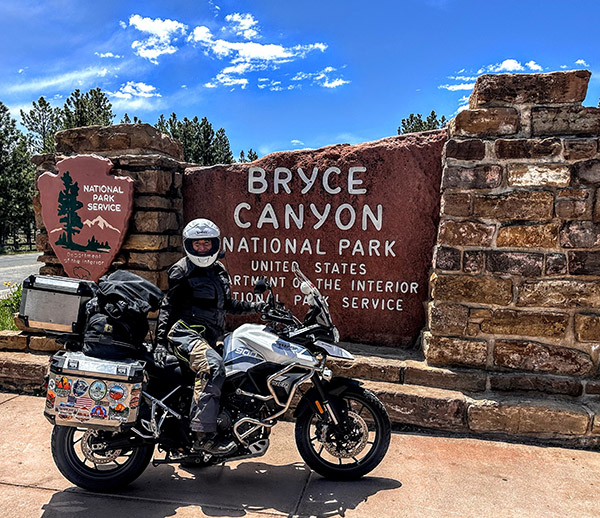
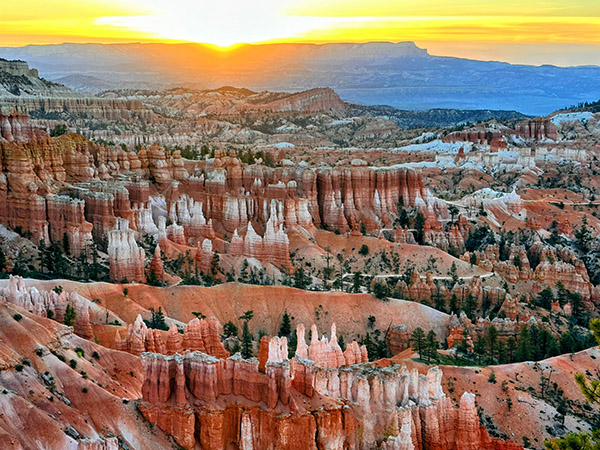
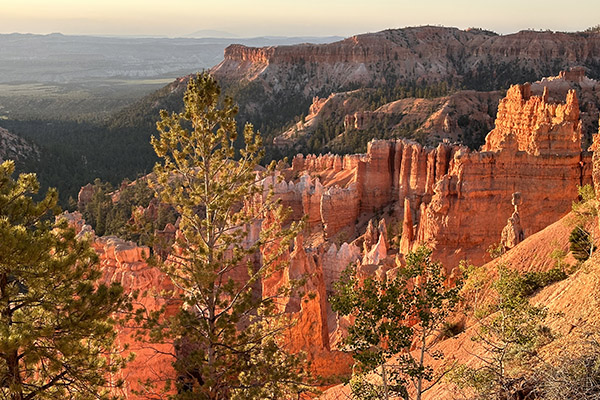
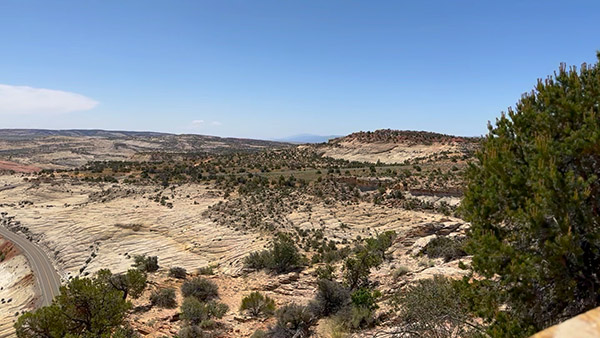
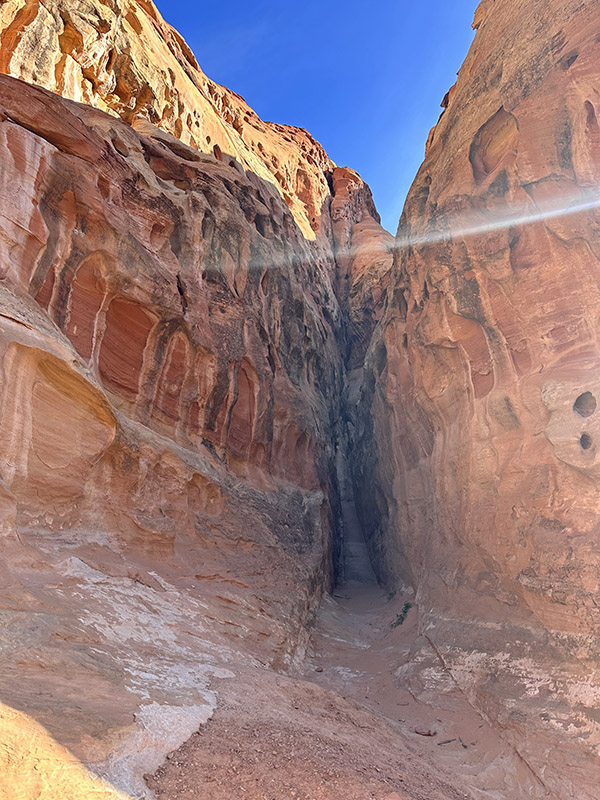
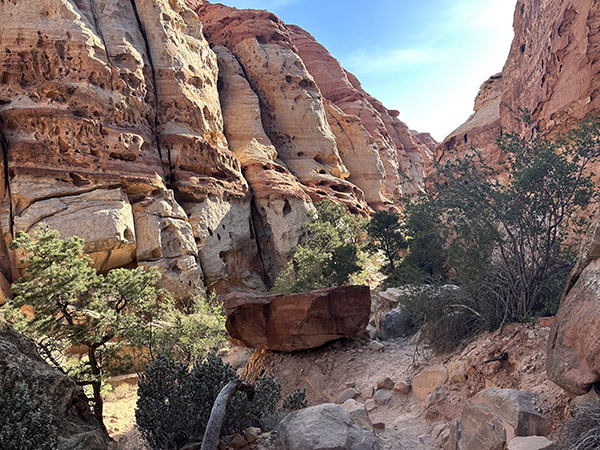
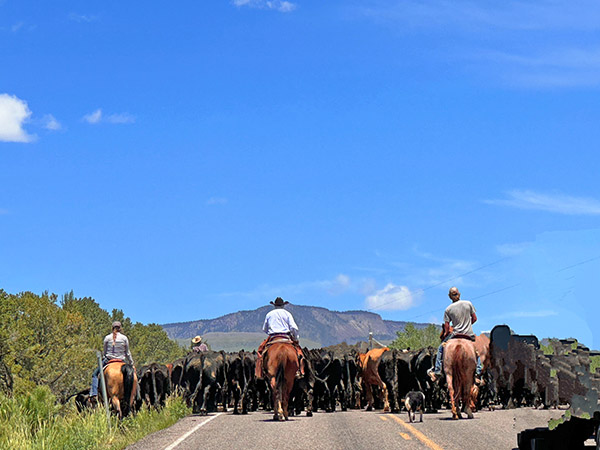
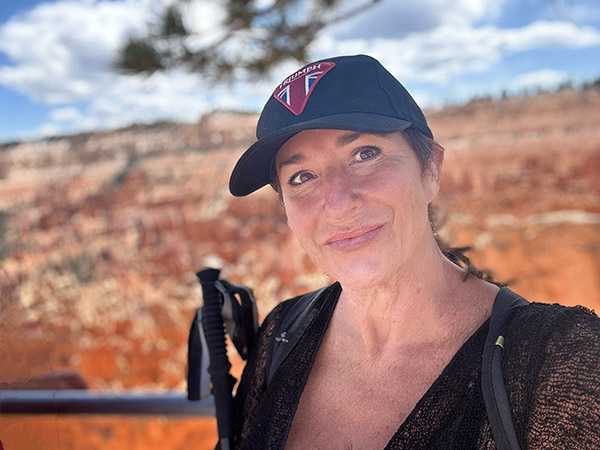
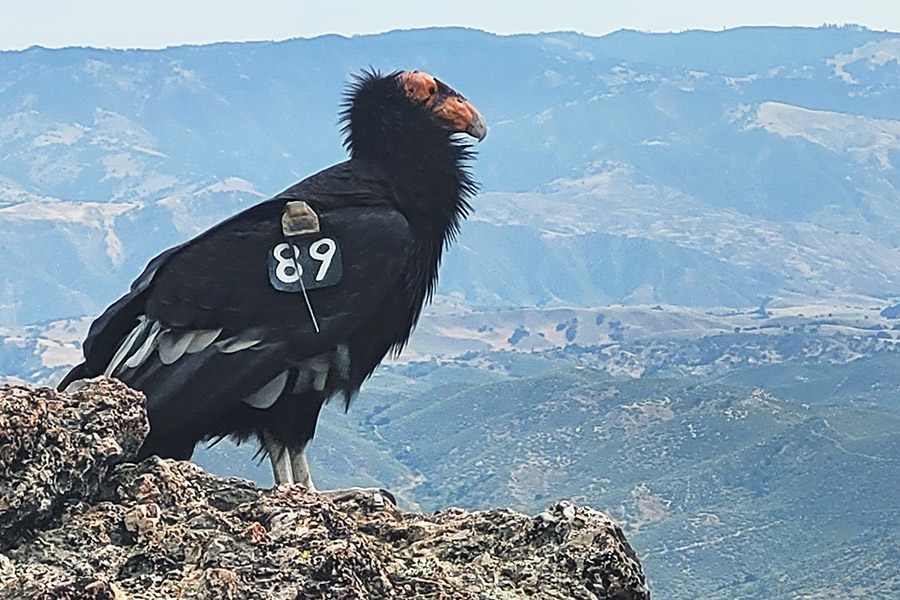
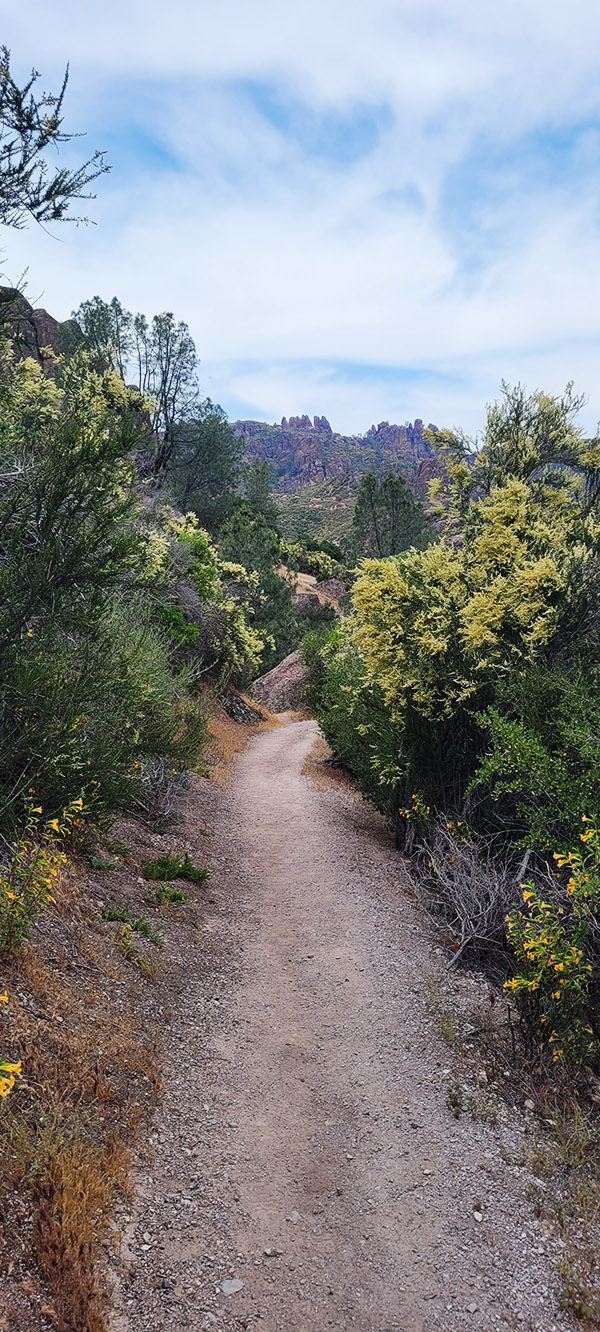
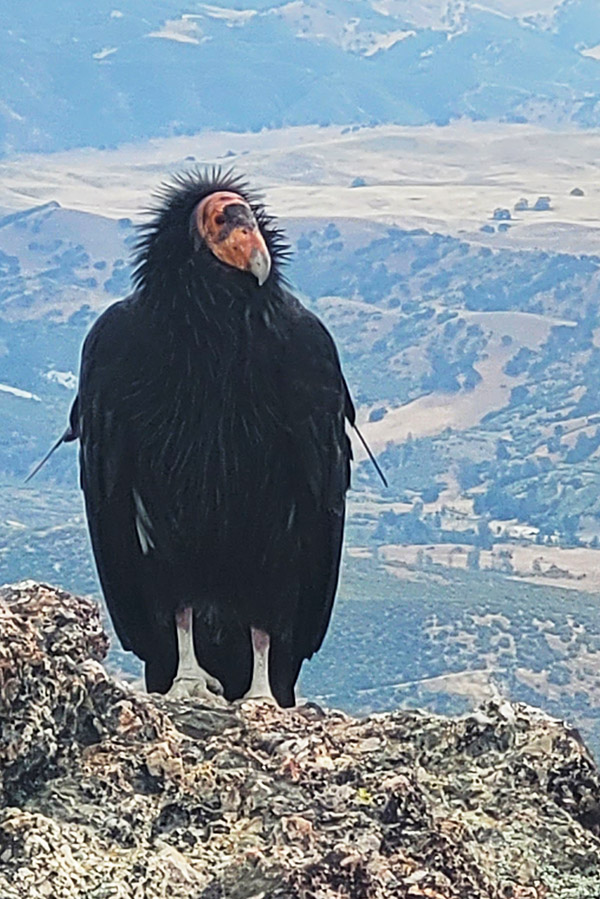
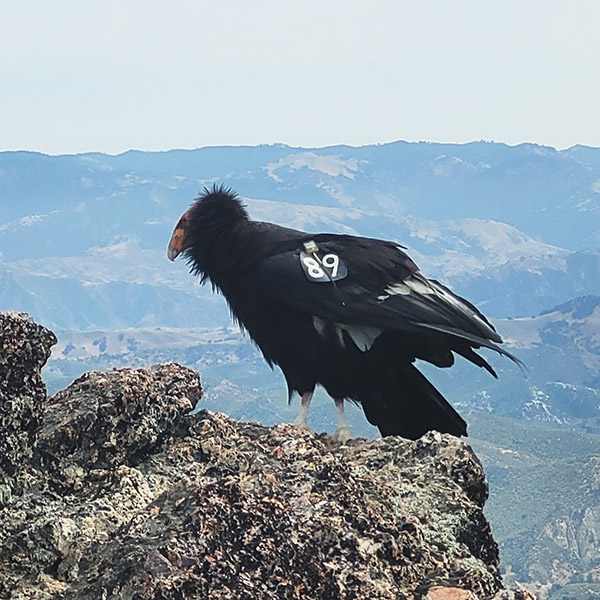
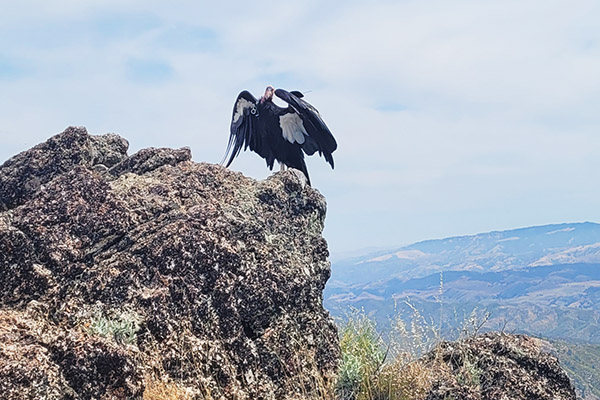
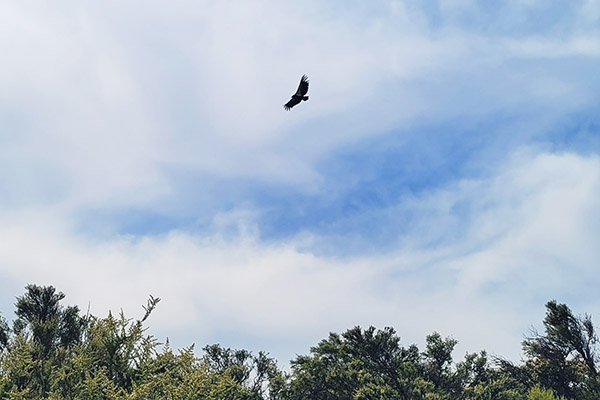
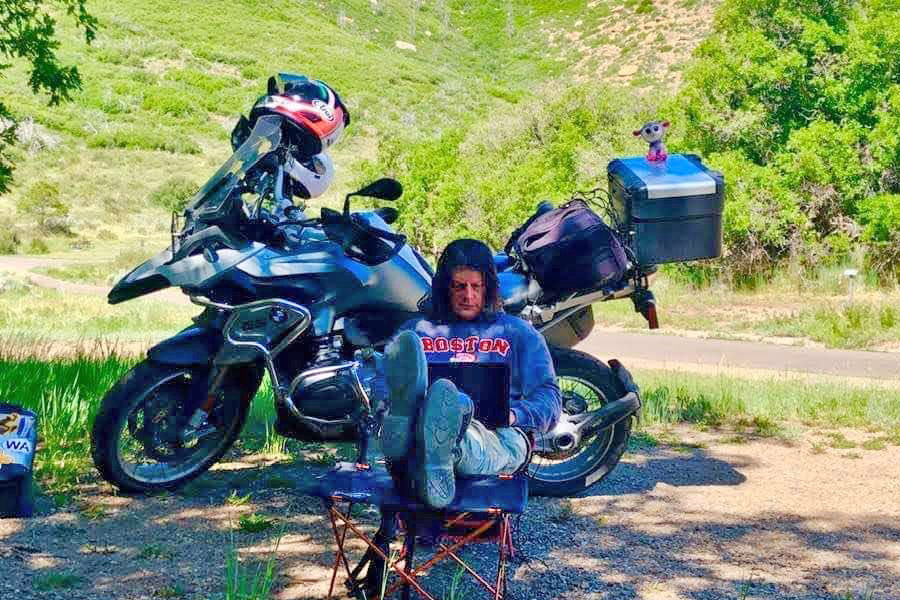
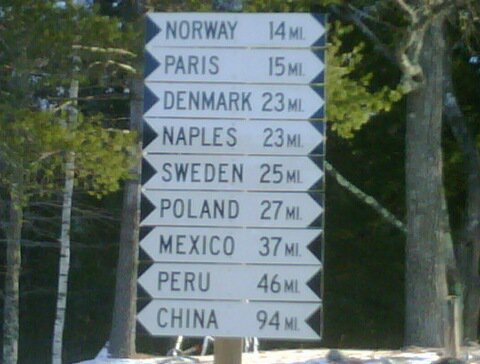 The first two years were mostly spent learning to excel in my new position as a project manager along with clumsily discovering how to adjust my work/life balance in creative ways. This involved motorcycling throughout New England in between work responsibilities.
The first two years were mostly spent learning to excel in my new position as a project manager along with clumsily discovering how to adjust my work/life balance in creative ways. This involved motorcycling throughout New England in between work responsibilities.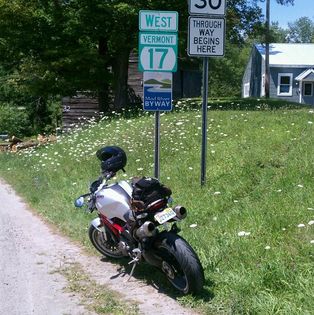
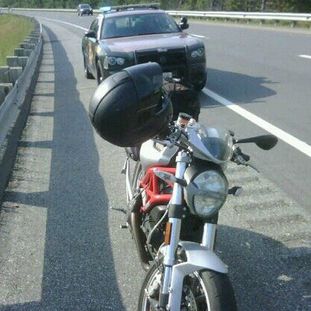
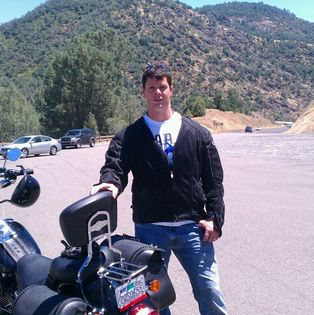

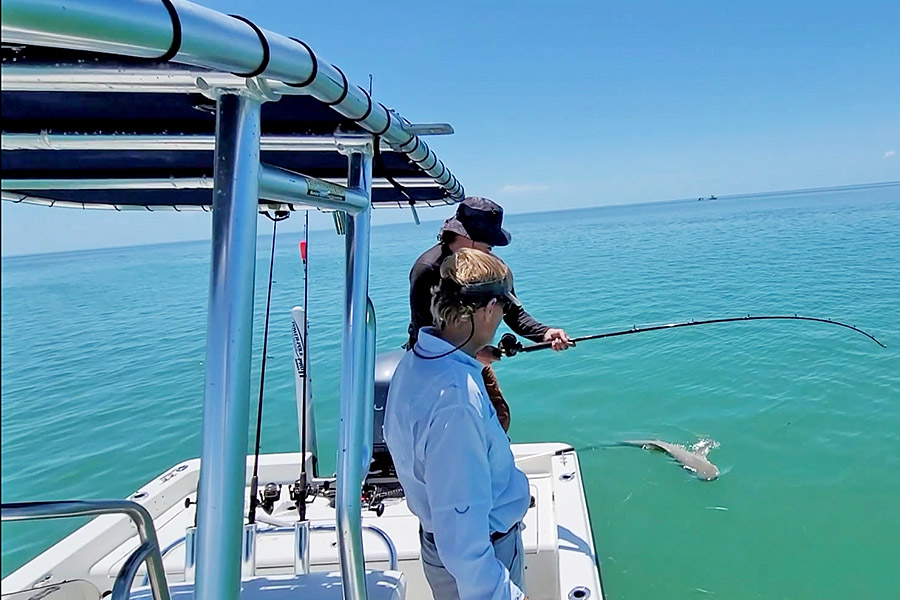
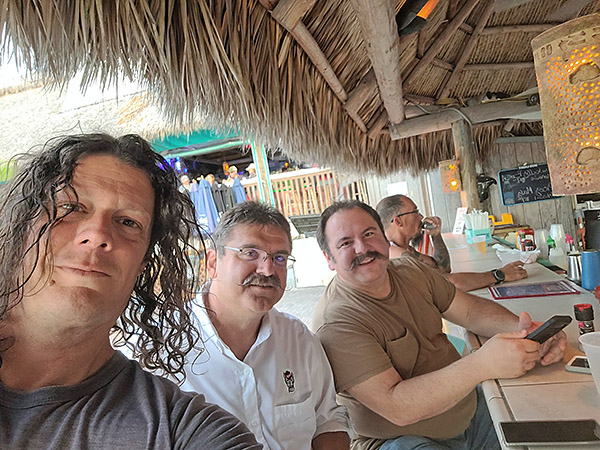 One of my objectives in life is to hit all the National Parks and living primarily off my BMW GS1200 has really provided me the opportunity to rack up those numbers. Florida is just so flat and straight that even the thought of riding to knock out the five National Parks there grew the chicken strips on my tires. The main focus of this trip would be on relaxation and fishing, so I wasn’t overthinking the National Parks objective. There will be another trip for those.
One of my objectives in life is to hit all the National Parks and living primarily off my BMW GS1200 has really provided me the opportunity to rack up those numbers. Florida is just so flat and straight that even the thought of riding to knock out the five National Parks there grew the chicken strips on my tires. The main focus of this trip would be on relaxation and fishing, so I wasn’t overthinking the National Parks objective. There will be another trip for those.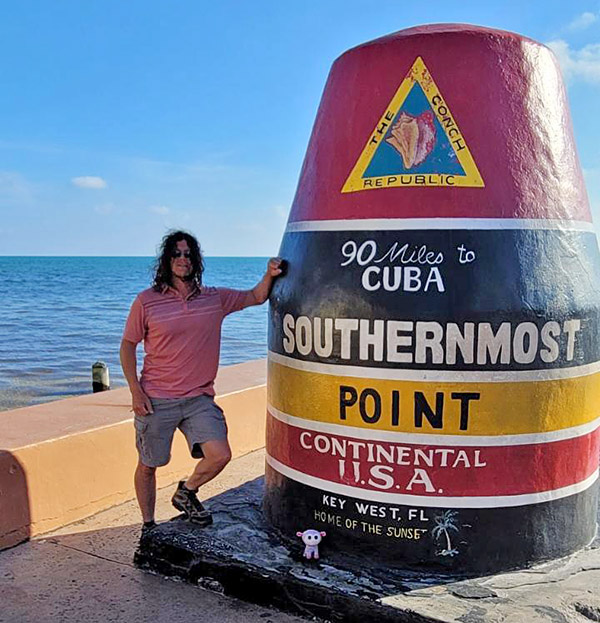


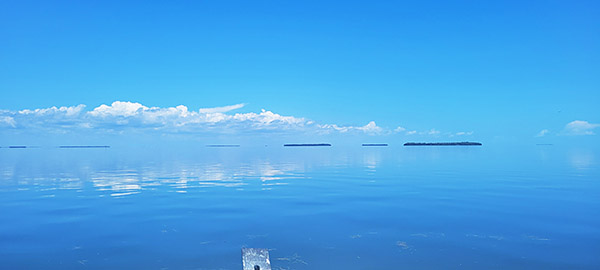
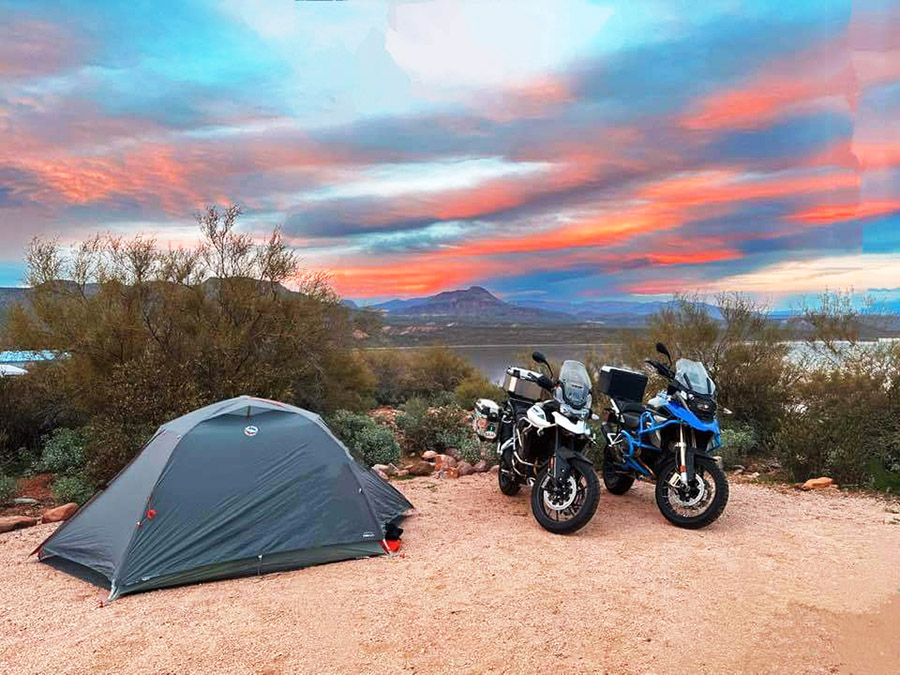
 Arizona has an endless amount of camping areas, both dispersed and in formal campgrounds. I thought highlighting two ends of the spectrum in would be a great way to convey the vast diversity Arizona offers.
Arizona has an endless amount of camping areas, both dispersed and in formal campgrounds. I thought highlighting two ends of the spectrum in would be a great way to convey the vast diversity Arizona offers.
